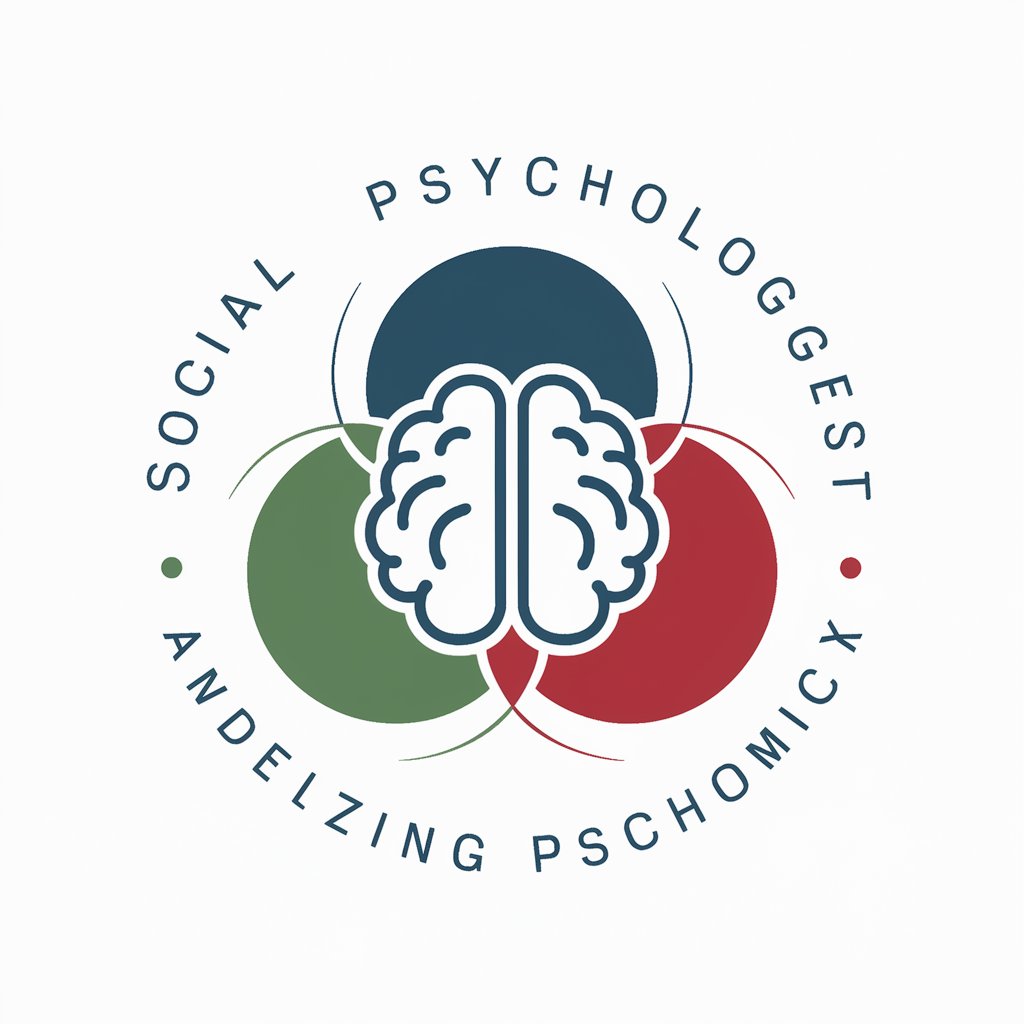
画像分析してタグを付与(Tagger)-AI image tag generator
AI-powered image analysis generating generation-ready tags.

画像をアップロードするとプロンプトタグ化してくれる When you upload an image, it becomes a prompt tag.
explain how to use(English)
使い方を説明して(日本語)
解释一下如何使用(中文)
사용법을 설명하고 (한국어)
Get Embed Code
Introduction to 画像分析してタグを付与 (Tagger画像分析してタグ付与説明)
画像分析してタグを付与 (Tagger) is an advanced image tagging system that uses machine learning and computer vision techniques to analyze images and automatically assign relevant tags. The purpose of this system is to enable better organization, searchability, and categorization of images based on their visual content. The fundamental design purpose of Tagger is to reduce the manual effort required to categorize images, particularly for large image datasets, and to improve search and filtering capabilities in image management platforms. Example: In an e-commerce setting, Tagger could automatically tag product images with labels like 'red dress,' 'summer collection,' or 'cotton material,' making it easier for customers to filter and search for specific items.
Main Functions of 画像分析してタグを付与 (Tagger)
Object Recognition and Tagging
Example
Automatic tagging of objects in an image.
Scenario
For a stock photo website, Tagger can analyze a photo of a beach and automatically assign tags like 'beach,' 'ocean,' '画像分析タグ付け機能sunset,' 'vacation.' This allows users to quickly find images related to specific keywords without needing to manually tag each image.
Content-Based Image Search Optimization
Example
Improvement of search results through auto-tagging.
Scenario
In an online fashion store, Tagger automatically tags clothing images with descriptors like 'denim jeans,' 'casual,' and 'blue.' When customers search for 'blue jeans,' the system retrieves all relevant products based on visual content, making the search experience more efficient and accurate.
Contextual Tagging for Enhanced Image Sorting
Example
Tagging based on image context or setting.
Scenario
For a photography platform, Tagger can add tags like 'portrait,' 'cityscape,' or 'indoor lighting' to an image depending on the context. This helps photographers categorize their images and allows users to find specific types of photographs (e.g., 'urban photography' or 'night portraits').
Emotion or Sentiment Detection
Example
Assigning sentiment tags based on facial expressions.
Scenario
In a social media management platform, Tagger could analyze photos from a brand's social media posts and automatically tag images with sentiments like 'joyful,' 'celebratory,' or 'melancholy.' This could be useful for marketers to track the emotional tone of posts or evaluate customer engagement.
Multi-Language Tagging
Example
Tags are generated in multiple languages.
Scenario
For an international photo sharing platform, Tagger can automatically generate tags in different languages based on the image content. An image of a football match might be tagged with 'soccer' in English, 'football' in French, and 'fútbol' in Spanish, broadening the accessibility of the image for a global audience.
Ideal Users of 画像分析してタグを付与 (Tagger)
E-commerce Platforms
E-commerce platforms benefit from Tagger by automating the tagging of product images, improving the searchability of products, and making it easier for customers to filter and find what they are looking for. For example, a user searching for 'running shoes' will quickly be presented with relevant products based on image content, reducing the reliance on textual descriptions alone.
Content Creators and Social Media Managers
Content creators and social media managers can leverage Tagger to automatically tag and categorize images for better content management. This is especially useful for platforms like Instagram, where frequent posting and image categorization can be time-consuming. Tagger’s ability to tag images with sentiments and emotions, for instance, allows managers to track audience reactions and tailor content to match emotional tones.
Stock Image Providers
Stock image providers can use Tagger to automatically assign descriptive tags to large image libraries. This reduces the manual labor involved in labeling images and makes it easier for customers to find specific images. A photo of a sunrise might automatically be tagged with 'sunrise,' 'morning,' 'sky,' and 'nature,' which helps users searching for specific themes or scenarios.
Media and News Organizations
Media organizations can use Tagger for tagging images based on their visual content, which improves the speed of their image curation processes. For example, during live news coverage, Tagger can automatically tag and categorize images from an event, allowing journalists to quickly search and use relevant photos for reporting, without manually tagging each image as it comes in.
Digital Marketing Agencies
Digital marketing agencies can use Tagger to better organize their image assets for various campaigns. For instance, agencies working with global brands may need to automatically generate multi-language tags for campaign images. By using Tagger, they can streamline content management, ensure all images are tagged properly, and enhance image searchability for targeted marketing efforts.
How to use Tagger (quick 5-step)
Visit aichatonline.org for a free trial without login, also no need for ChatGPT Plus.
Open the site on a modern browser to access Tagger’s trial immediately — no account or ChatGPT Plus required. Prerequisite: a device with a recent browser (Chrome, Edge, Firefox, or Safari) and one or more images you want analyzed.
Prepare and upload the image
Choose clear, focused images (JPEG, PNG, WebP recommended). Prefer images where the main subject is visible (512 px minimum on the shorter side; 1024+ px ideal). Avoid uploading highly sensitive personal data or identifiable documents without consent. Common use cases: prompt engineering, e-commerce tagging, dataset labeling, asset discovery.
Select analysis settings and style
Pick tag granularity (concise vs. detailed), target model style (e.g., Stable Diffusion compatibility), and whether to include style/lighting/negative tags. Tip: enable 'detailed' for dataset curation and 'concise' for quick prompt generation. The tool outputs English tags in comma-separated format ready for generative models.
Review, refine, and reTagger usage guide-run
Examine detected tags, remove false positives, and add manual tags or weights where needed. For best results, re-run after small edits (crop, increase contrast). Tip: single dominant subject and uncluttered background yield the most accurate semantic tags.
Export and integrate into workflows
Export tags as comma-separated prompts, negative-tag lists, or copy to clipboard for use in image generators. Use bulk export or batch processing for many images. Optimization tips: high-resolution inputs, consistent framing, and using explicit style keywords (e.g., ‘cinematic lighting’, ‘watercolor’) improve downstream generation quality.
Try other advanced and practical GPTs
Law: Legal & Contract (not real lawyer)
AI-powered contract analysis and drafting

のInstagram Hashtag Master
AI-powered hashtag discovery for maximum reach

Kubernetes Expert (K8s, K3s, K3d & more)
AI-powered Kubernetes management made simple.

Speculative Chat Device ver.0.4
AI-powered conversation for diverse tasks.

Trivia GPT
AI-powered trivia that writes, explains, and plays.
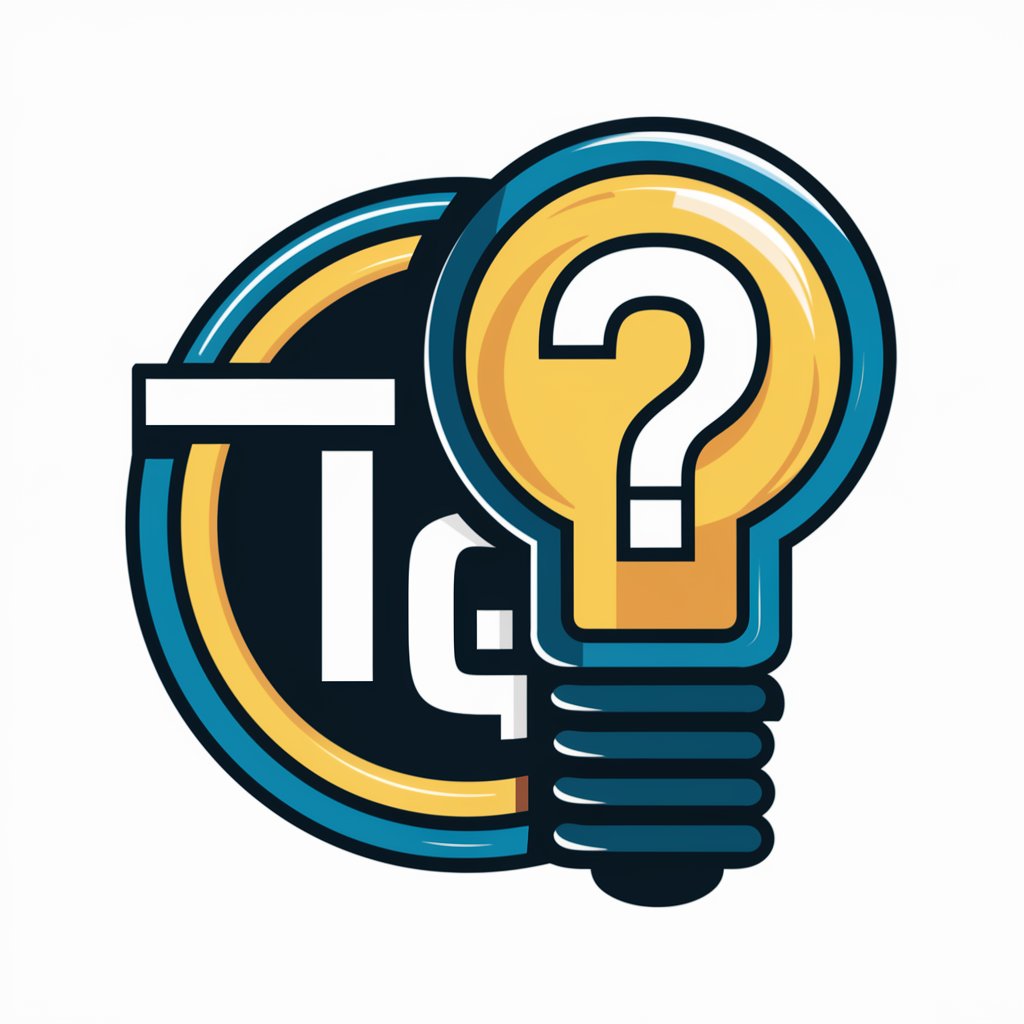
Exotic Vet Assistant
AI-powered guidance for exotic animal care.

旅游规划助手
AI-powered personalized travel planning

UMLGPT
AI-powered UML diagram creation tool.

Dịch Anh Việt
AI-powered English-Vietnamese translation tool

PPT制作
AI-powered slide creation in minutes.
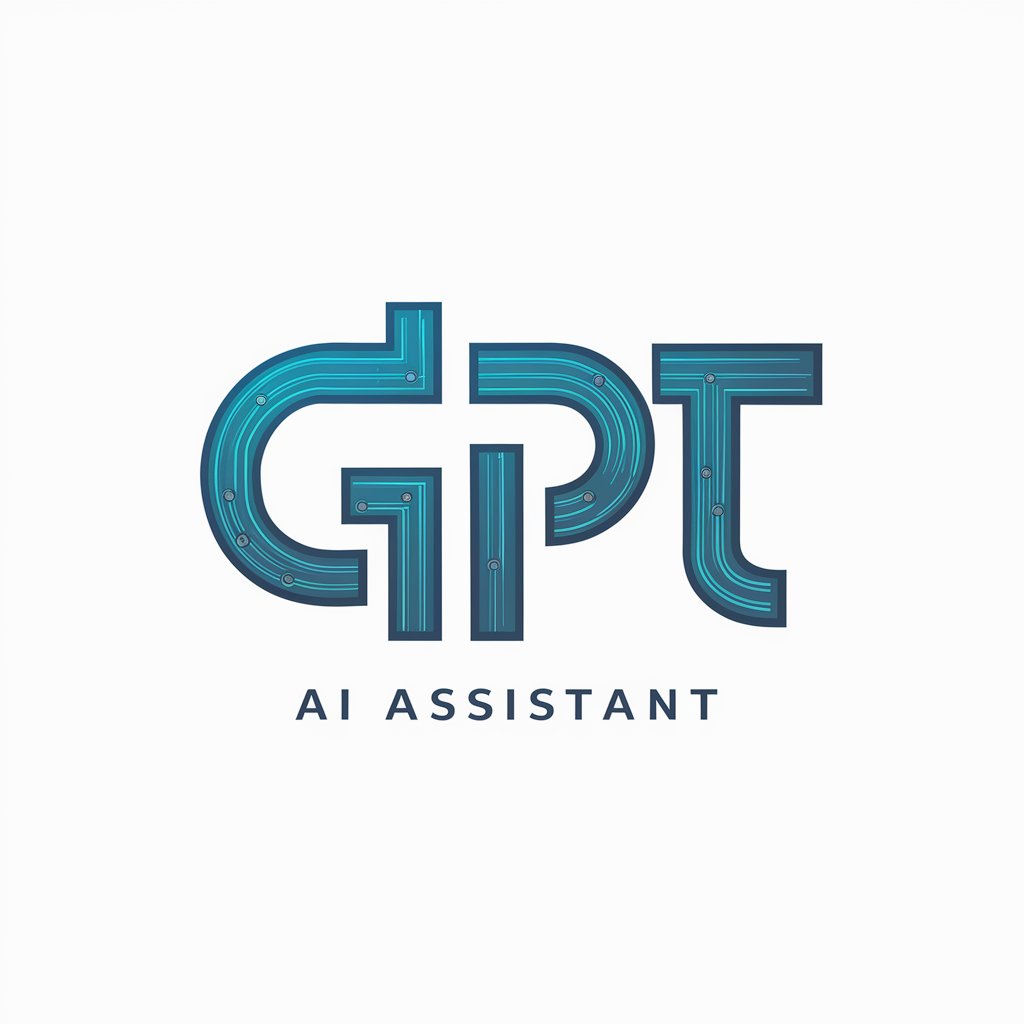
Java Spring Boot
AI-Powered Spring Boot Development Assistant
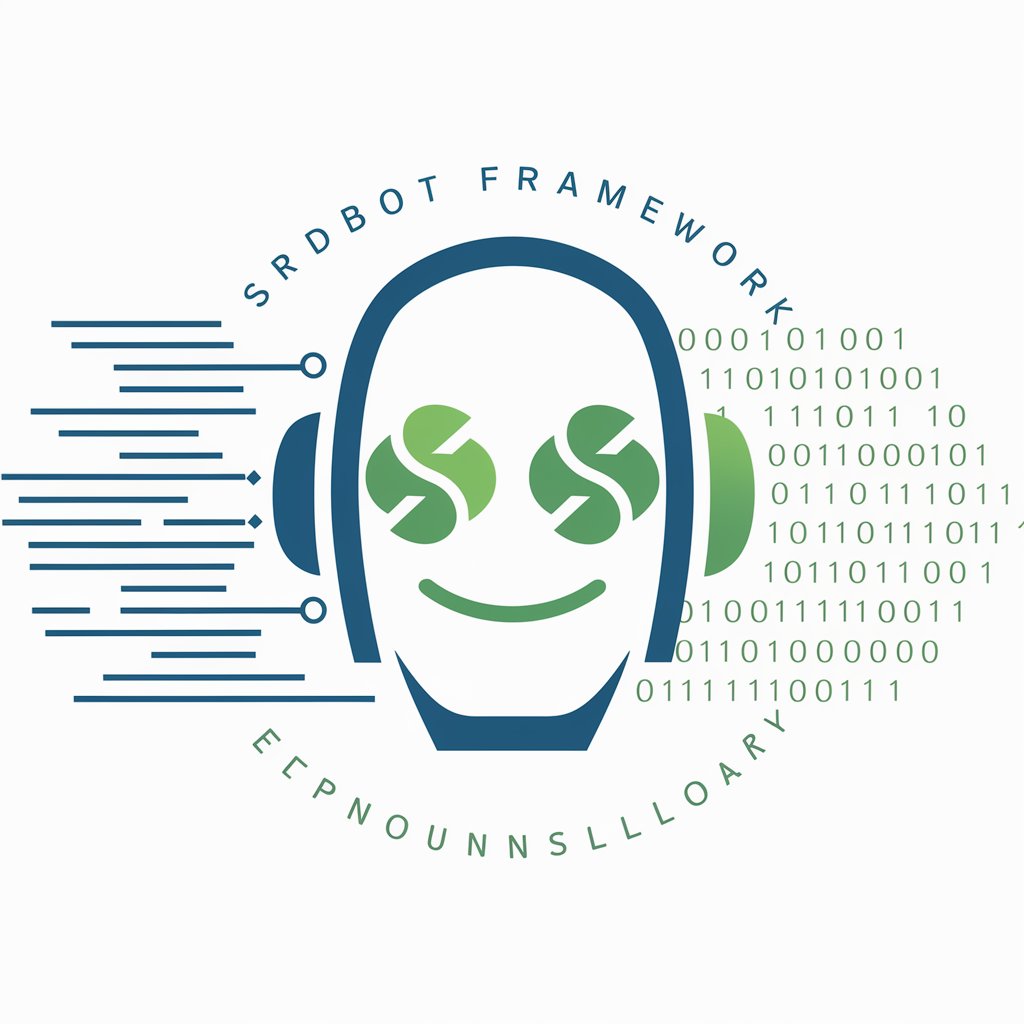
SpellChecker
AI-driven spell and grammar correction.
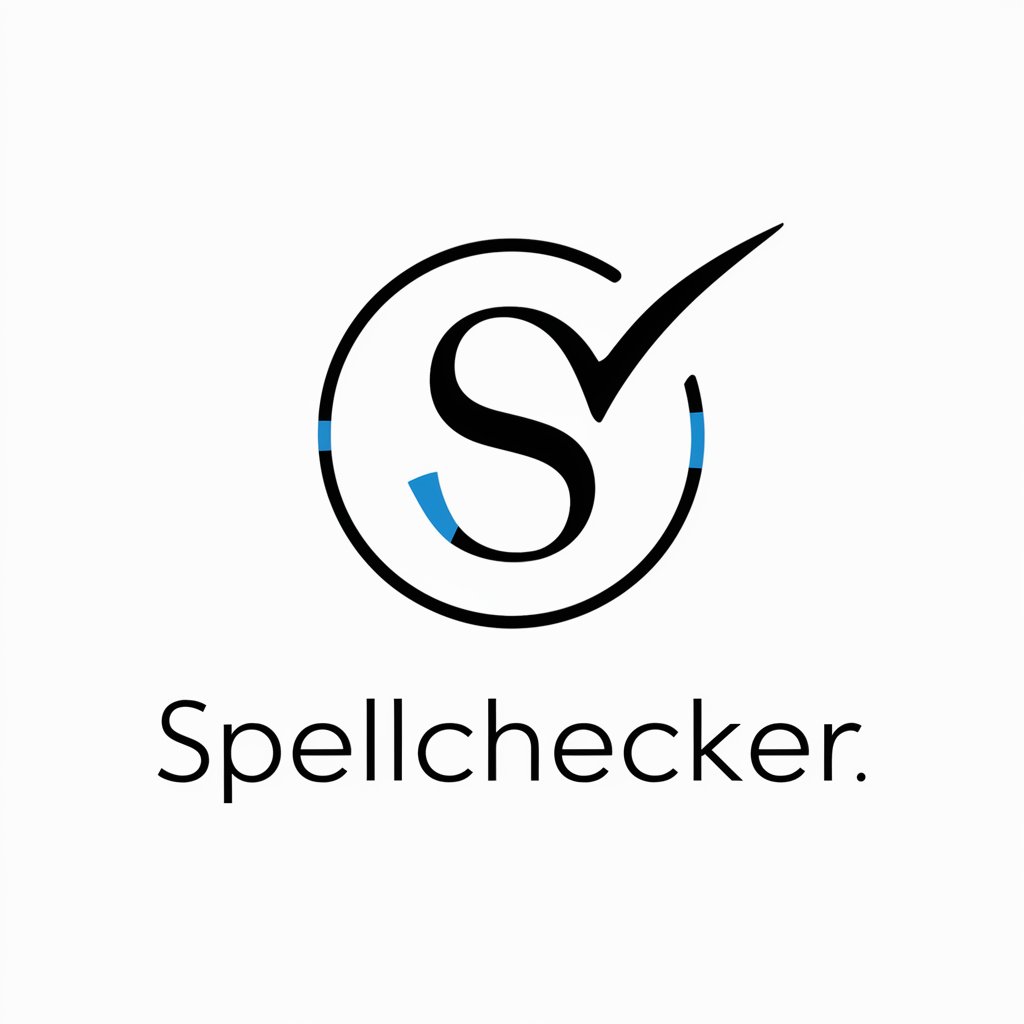
- Content Moderation
- Prompt Writing
- Image Tagging
- Dataset Curation
- Asset Discovery
Common questions about Tagger
What does Tagger produce and who is it for?
Tagger is an AI-powered image analyzer that produces English, comma-separated tags optimized for image-generation workflows. It extracts objects, styles, colors, lighting, composition cues, and can suggest negative tags or weight hints. Typical users: prompt engineers, artists using Stable Diffusion, dataset curators, e-commerce teams, and content moderators.
Which image formats and sizes are recommended?
Use common high-quality formats such as JPEG, PNG, or WebP. For accurate detection, supply images at least 512 pixels on the shortest side; 1024 px or larger gives better detail. Avoid tiny or heavily compressed images; animated GIFs are usually processed frame-by-frame or by their first frame—check the interface behavior for animated files.
How does Tagger convert image content into tags? Can I get the mapping file?
At a high level, Tagger uses image-recognition models plus curated tag dictionaries to map detected elements (objects, attributes, styles, lighting) into standardized English tags for generative models. The specific internal mapping files and proprietary tag dictionaries are not shareable; you should not request the internal knowledge file or raw mappings. You can, however, adjust output granularity and add custom tags manually.
Can Tagger generate ready-to-use prompts for Stable Diffusion?
Yes — Tagger outputs prompt-ready, comma-separated tag lists and can suggest negative tags and optional weights. Example output (illustrative): "golden retriever, outdoor park, golden hour lighting, shallow depth of field, high detail, photorealistic" and negative: "blurry, lowres, watermark". You can paste that directly into many image-generation UIs or refine it with style keywords and weights.
Is Tagger suitable for large-scale dataset curation?
Yes — it’s useful for labeling, creating consistent tags, and generating prompts across many images. For scale, use bulk/batch upload or automation hooks if provided by the platform; export tags to CSV/JSON for integration into training or search pipelines. Best practices: standardize framing, keep naming conventions consistent, and validate a sample to tune tag granularity before processing the full dataset.




